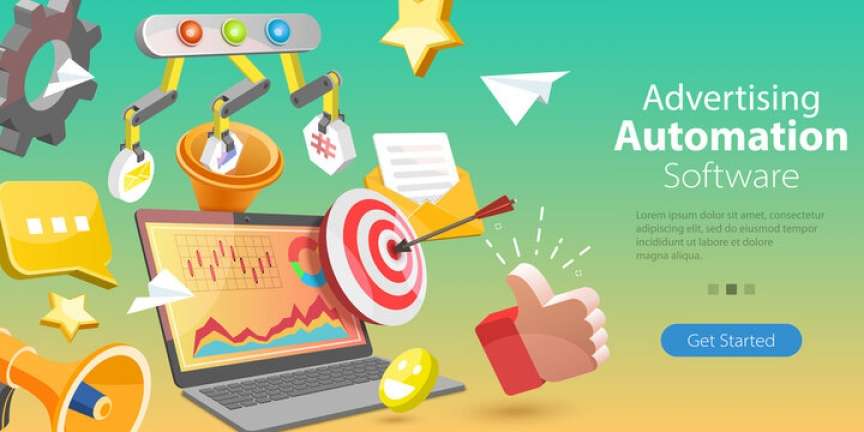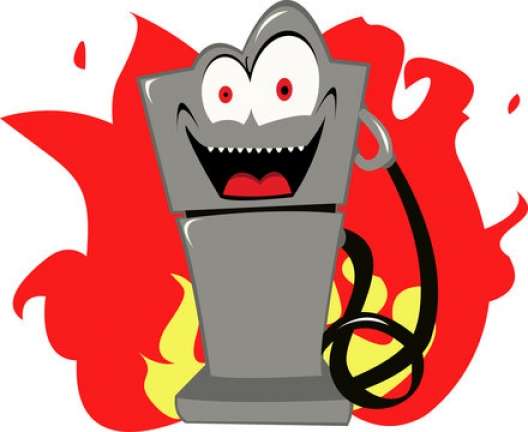MacOS is a user-friendly OS that is a pleasure to work with. As other operating systems, it lets users open any site, from a landing page with only general information to an online Canadian casino with thousands of games. But thanks to its interface, MacOS gets more popular among users. You can ease your work with these tips.
Installing Alfred
Spotlight is one of the most convenient things in macOS. It’s a little search box that you can bring up on top of all the windows and start typing into it. And then the magic happens – here are a few examples of what Spotlight can do:
- Search and open folders;
- Open sites;
- Open installed apps;
- Search the bookmarks in your browser;
- Look up word definitions in the dictionary;
- Do quick calculations: multiply or add up something;
- Convert units of measure and currencies;
- Open the system settings or immediately a specific section in them.
Alfred is a great replacement for Spotlight. The program offers more settings and features. The basic version of Alfred can be downloaded for free, but it’s not very useful – all the advanced features are available only after purchasing a license. What’s so great about Alfred? In a nutshell, it can be set up as a single entry point to folders, files, contacts, apps and sites. The app won’t just open sites, but will select one of the pages the user has previously bookmarked, or quickly jump to an advanced search.
You can also use the app to control your music, lock or shut down your computer, and form your own chains of commands. Alfred is not the only app of its kind. There is also a young and actively developing Raycast. It’s free and focused on helping you work. There are integrations with Asana, Github, Jira, and Zoom.
Setting the Advanced Clipboard
Advanced Clipboard is the ability to save a clipboard history and access it so you can paste text or a previously copied file if necessary.
MacOS does not offer this capability, but there are plenty of applications that do the job. One of the most popular is called Paste, and it’s free trial runs for 14 days, after which you can subscribe. It allows you to press Command + Shift + V to open a window at the bottom of the screen with the buffer history.
Cleaning the Menu Bar
The menu bar is located at the top of the screen, it contains commands to control the current application, as well as the clock and icons for various settings and applications: for example, Wi-Fi, battery, the current keyboard layout, “Control Point”.
New apps like to add their icons to the menu bar during installation, and over time it gets cluttered. Here’s how to fix it.
Remove unnecessary system icons. User Switch, Wi-Fi icon, Time Machine icon, Spotlight, Siri – if any of these take up space in the menu bar for nothing, disable them by going to Settings → Menu Bar and Dock. Or simply hold Command and drag the unnecessary icons from the menu bar with your mouse down – if they can be removed, they will be removed.
Disable the function in the app settings. This is useful if there are only a couple of extra icons in the menu bar. In other cases, it can be tedious to find the desired settings within each app separately.
Install an app that clears the menu bar. For example, you can use the free Hidden Bar. It creates a “foldable” area where you can drag useful but not often used icons.
Professional Screenshots
MacOS has a great built-in tool for taking screenshots. Find it through Spotlight or Launchpad. A small pop-up window will open and allow you to configure the capture options: capture the entire screen, an individual window, or a specific area that the user selects with the mouse. You can also record video and add comments to it, recorded on the computer’s microphone.
By default, screenshots are saved on the desktop, but in the same pop-up window, you can click the “Preferences” button and choose another location.
To take screenshots quickly, learn a couple of keyboard shortcuts: Shift + Command + 3 will take a screenshot of the whole screen, and Shift + Command + 4 will prompt you to select the area to be captured. If you press the Spacebar in the last mode, the cursor turns into a camera icon. This is the capture mode for individual windows. Just click on the desired window and it will be saved with a nice shadow around the edges.
App Removal
It is easy to uninstall apps downloaded from the App Store. Open Launchpad, where all installed apps are displayed, click on one of the icons and hold down for a few seconds, after which a cross over each app will appear.
The problem is that you can’t get rid of apps installed from third-party sources, such as those downloaded from the developer’s site, in this way. Usually users solve the problem by opening the “Programs” folder in the Finder, selecting the app that had become unnecessary and uninstalling it.
But it turns out that this is not enough: many programs store their service files in different places of the system, which remain in their places. This is where special uninstallers come in.
One of them, AppCleaner, is free to use. To remove a program, drag it to the app window and it will find all the service files on your hard drive by itself.















